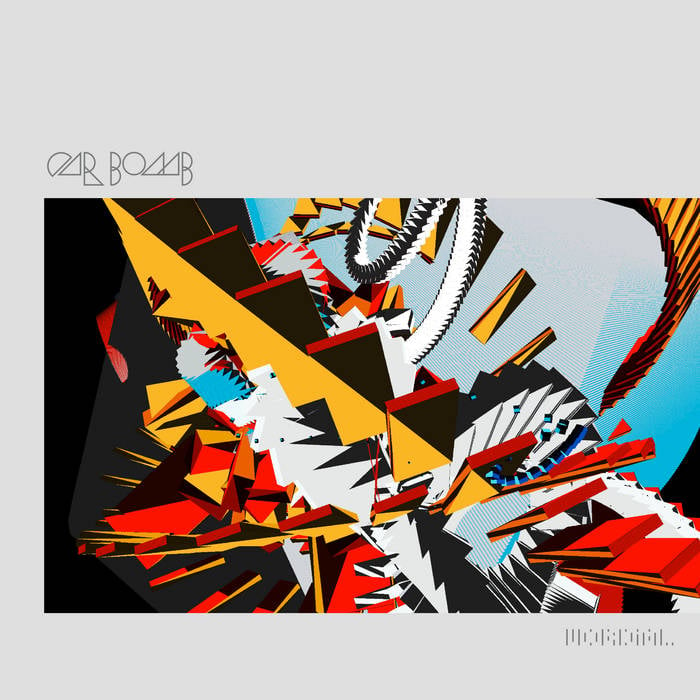I finally got my printer working again. I spent the whole day going through Teaching Tech’s calibration steps. All the flat calibration gcode looks fine. The Benchies are another problem though. I’m printing with a 0.6mm nozzle for the first time.
On the smaller benchy I printed at 0.2 layer height, with a perimeter speed of 40mm/s at 210/60 temps. The bigger one is 110% larger and printed at 0.25 layer height, with a perimeter speed of 60mm/s at 215/60 C.
The problems are mostly manifested in the same area. Big blobs in the rear and layer shifting on the tail pipe. Large layer shifts/bulges in the center. I’ve never really ran into this problem before so I don’t know where to start when diagnosing this.
Check and make sure that your z screw is not sticking or binding. Also, make sure that the hotend is tightened and there are no gaps where filament can ooze from.
oh this is so weird. so very weird. look at this picture in particular. Look at the layers weaving up and down well before you get to the big ridges, when they still are… semi-normal. It’s not corner curl, it’s happening where the bottom is actually still flat. What the actual fuck.
Looking at that corner… it definitely just looks like corner curl. It can be incredibly hard to see when the printer is going, but unless your slicing software was telling the printer to raise the Y axis in the exact same pattern every layer, nothing can really cause that besides the corner of the print coming off the bed. You can fix that part by playing with the bed temp settings. Too low and the first lines won’t stick, or the print might pop off the bed of the nozzle runs through some hairy parts. Too high and you get prints like yours.
If you look at the sliced tool paths, what is it doing when it puts those Xs into your test print?
Sliced tool paths? What do you mean by that. I’m using Prusaslicer if that helps.
In prusa slicer after you click slice you will be presented with your sliced gcode. At this point you can use the vertical scroll bar on the right (to pick a layer), and the horizontal scroll bar on the bottom (to play through the tool path (moves) for that layer) to see every operation your printer is going to perform as it runs this gcode.
If this was somehow caused by bad slicing/g-code it could be used to help troubleshoot it. But it sounds like others here have probably provided more insightful troubleshooting suggestions and you may want to pursue their advice first. Hopefully your tightened z screw solves the problem!
The area where it’s layer shifting in the center of the boat, if you have some way of measuring that, divide by layer height to determine what layer that happened between. If the slicer is doing anything fucky with the tool paths than that may be a contributing factor.
In addition to these other troubleshooting comments, what is your cornering speed like in the slicer on the sharp corners of the boat? (back of hull, back of cabin) It seems either too high, or your hotend fan may be malfunctioning, leading to a jam. Wouldn’t be a bad idea to double check that the part fan is spinning when told to as well.
I wrote a very long and detailed comment about your settings last night but it seems it didn’t save.
Long story short, your hot end has a maximum amount of filament it can melt and squeeze through your nozzle. Anything more than that and you’ll start to have issues.
Let’s say for example’s sake that your hot end cannot handle more than the default 0.4 nozzle 0.15 layer height @ 60mm/s. You can increase your nozzle size to 0.6, but you’ll need to decrease your print speed to keep the hot end happy. Even moreso of you increase layer height as well.
So in your post you went from 0.2 layer @ 40mm/s, to 0.25 layer @ 60mm/s. I don’t know what printer/ hot end you’ve got, but that’s kind of a lot of filament. You can increase print temp to compensate, which I see you’ve done, but remember that your filament has an optimal print temperature, and if you exceed that too far you’ll run in to issues there as well.
Have you already tried printing calibration towers (temp, speed, retract, flow etc)? If not, definitely look up a video or two on how to get them set up. They are much more effective for finding proper print settings than test prints like the benchy. Use towers to find the right settings, use your benchy to test the settings to make sure everything looks good.




